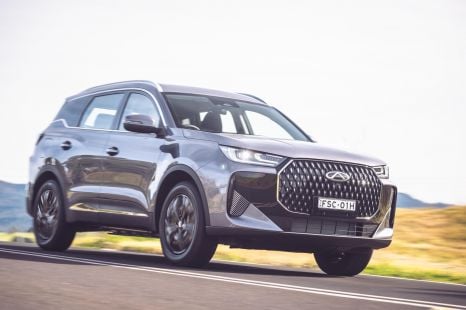

CarExpert.com.au
Chery Tiggo 7 Super Hybrid: The mid-size SUV that rewrites the value equation
2 Days Ago
Mitsubishi's updated Outlander PHEV gets a larger battery, a larger electric range figure and a larger touchscreen.

News Editor
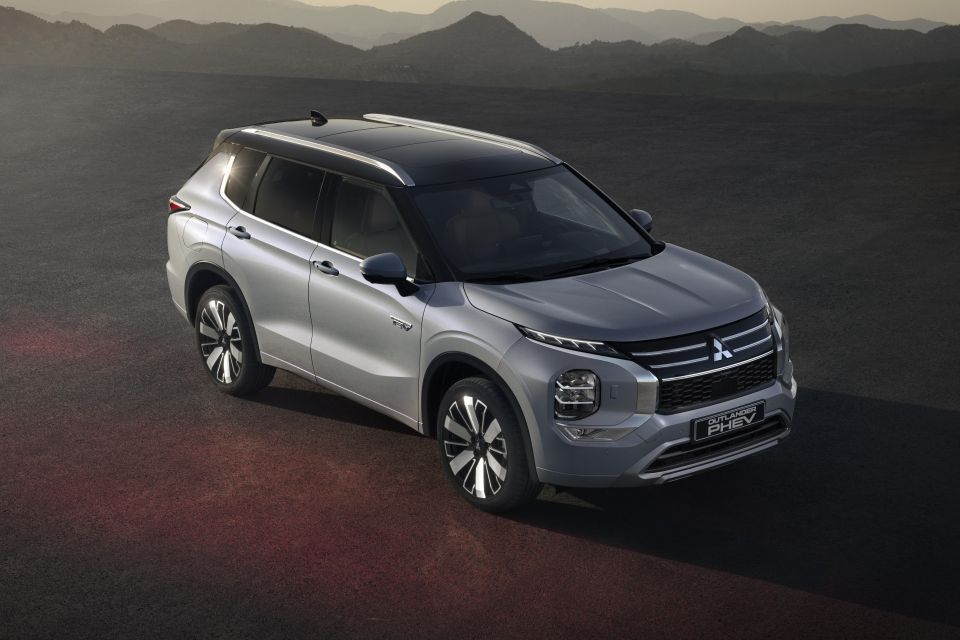

News Editor
Mitsubishi has revealed an updated Outlander PHEV which, while receiving only minor cosmetic tweaks, features substantial changes under the skin.
While only the PHEV has been revealed for now, Mitsubishi has said an update for the solely petrol-powered model will follow in 2025.
The updated PHEV will enter production later this year and go on sale in Europe in March 2025.
Both models are expected in Australia in mid-2025, and Mitsubishi Motors Australia has flagged local market-specific information will be published in the coming months.
100s of new car deals are available through CarExpert right now. Get the experts on your side and score a great deal. Browse now.
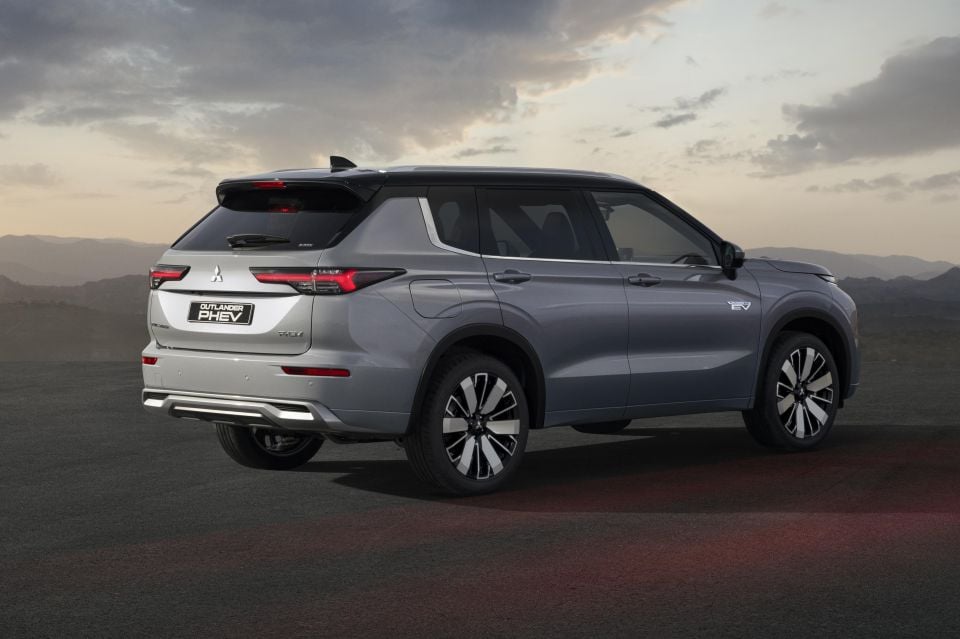
In the meantime, Mitsubishi in Europe has detailed the updates made to the PHEV.
While the current Outlander PHEV has a claimed electric range of 84km on the more lenient NEDC cycle, the updated model has 86km under the stricter WLTP cycle.
That’s largely due to a new 22.7kWh battery, replacing the 20kWh unit from the outgoing model, while a heat pump also boosts range.
Mitsubishi says the larger battery can deliver continuous output 108 per cent higher than the previous unit.
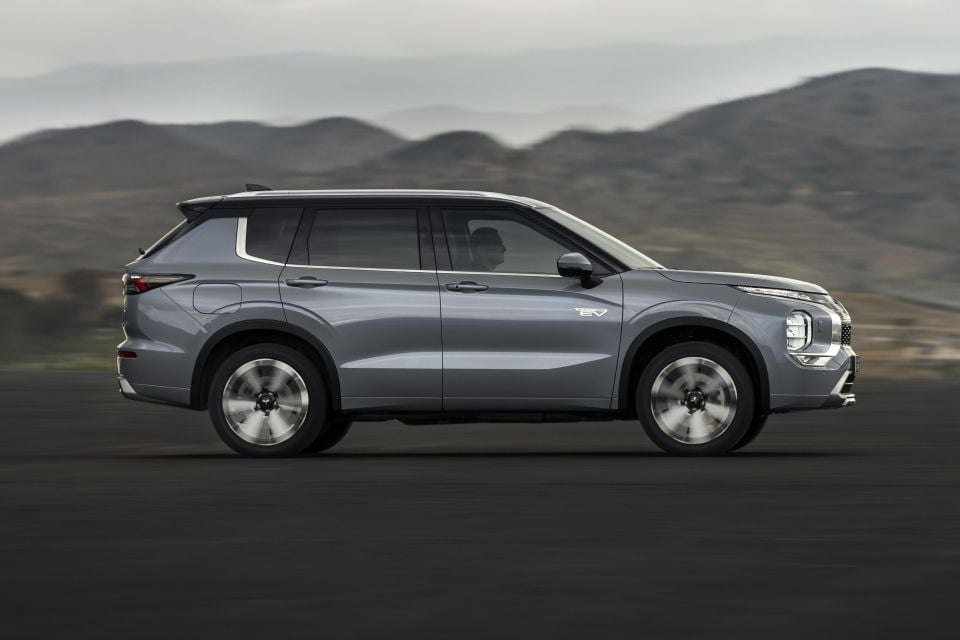
It powers 85kW/255Nm front and 100kW/195Nm rear electric motors – the same power outputs as before – however Mitsubishi says the latter is more efficiently packaged thanks to an integrated motor control unit.
The other key part of the Outlander PHEV’s powertrain is the 100kW/203Nm 2.4-litre four-cylinder engine under the bonnet.
Total system output is 225kW, up 40kW on the outgoing model.
Mitsubishi claims a 0-100km/h time of 7.9 seconds, and it can drive on purely electric power at speeds of up to 135km/h.

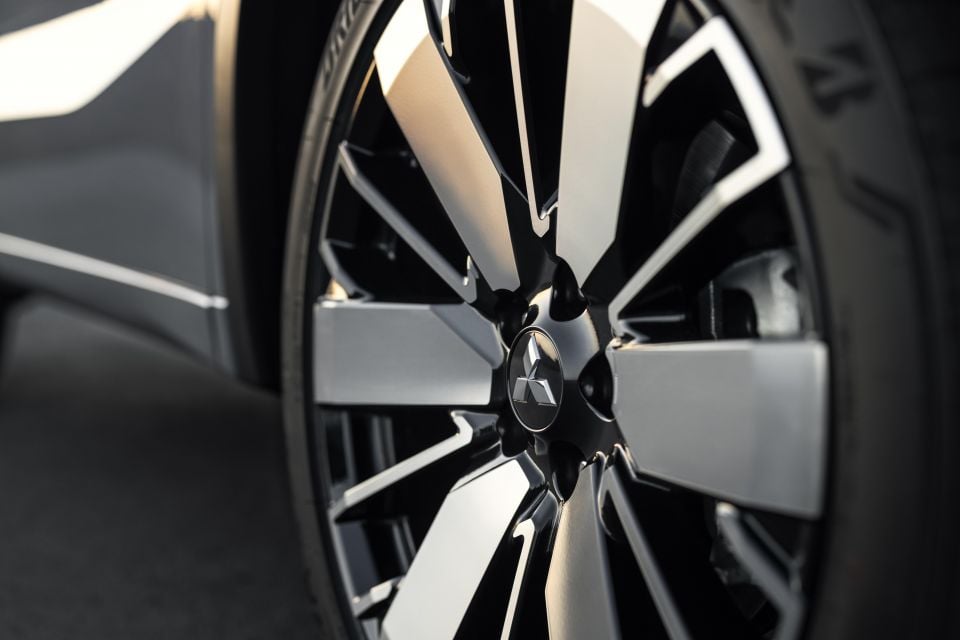
It also claims fuel efficiency of 0.8L/100km, whereas the outgoing model uses a claimed 1.5L/100km under ADR 81/02 testing.
As before you can toggle between EV, series hybrid and parallel hybrid drive modes, as well as toggling a Save mode that prioritises maintaining the battery’s charge level or a Charge mode that uses the engine to recharge it.
Mitsubishi says the tyres, shock absorbers and spring rate have all been tuned to improve ride comfort, while the electric power steering has been revised to make it easier to park the car while offering greater feedback at higher speeds.
Exterior changes are minor. There are new 18- and 20-inch alloy wheel designs, refreshed tail lights, and what appears to be a revised grille, while a new Moonstone Grey metallic finish joins the colour palette.
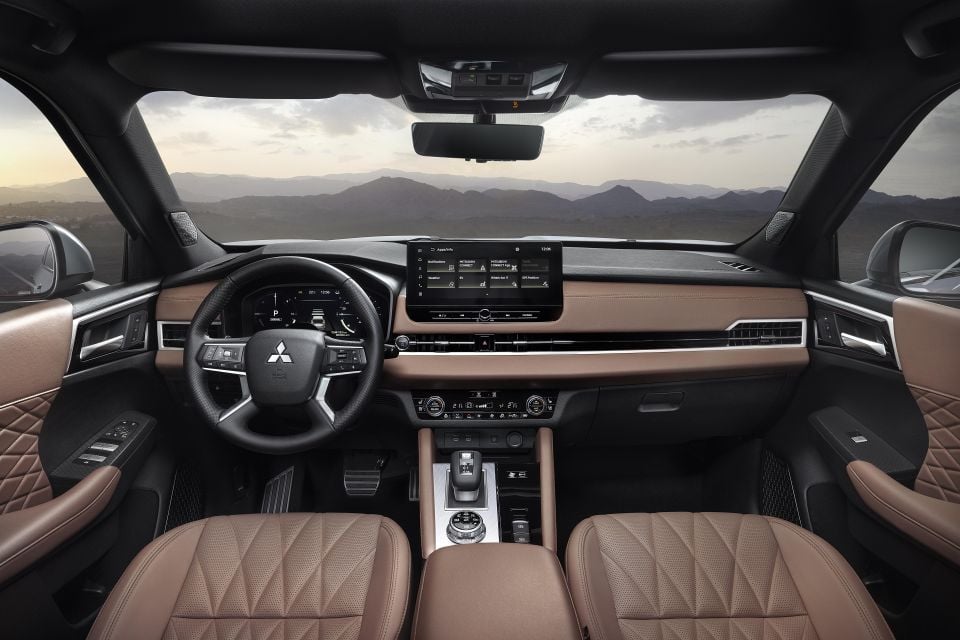
Inside, there’s a larger 12.3-inch touchscreen infotainment system, up from 9.0 inches in the outgoing model, and boasting wireless Apple CarPlay/Android Auto and a voice assistant activated by saying “Hello Mitsubishi”.
This larger screen joins a carryover 12.3-inch digital instrument cluster.
New features include a digital rear-view mirror and ventilation for the front seats, the latter joining existing heating and massage functions.
Mitsubishi has collaborated with Yamaha and will offer Dynamic Sound audio systems with either eight or 12 speakers.

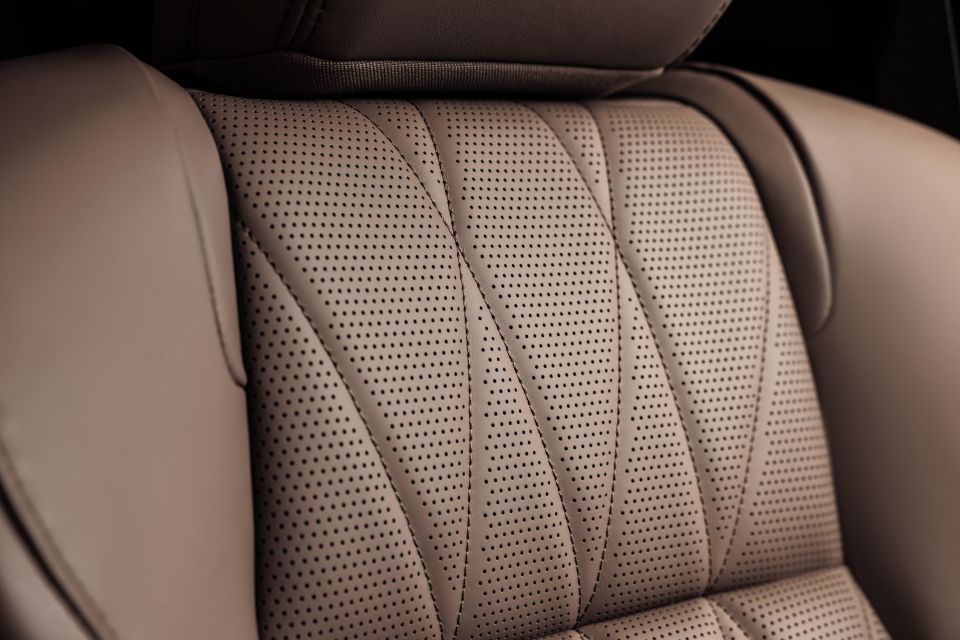
The former features speed-dependent volume adjustment, while the latter also includes a function to compensate for the sound of rain and air conditioning.
The Outlander PHEV, in Europe at least, also features Mitsubishi Connect services, allowing you to use an app to remotely control functions like the locks and climate control and locate your vehicle.
Mitsubishi was the first carmaker to introduce a plug-in hybrid SUV in Australia, and its Outlander PHEV has continued to be the top-selling PHEV model locally.
In the first half of this year, Mitsubishi sold 2422 Outlander PHEVs, accounting for around 17 per cent of total Outlander sales, and 29.4 per cent of all PHEVs sold in Australia.
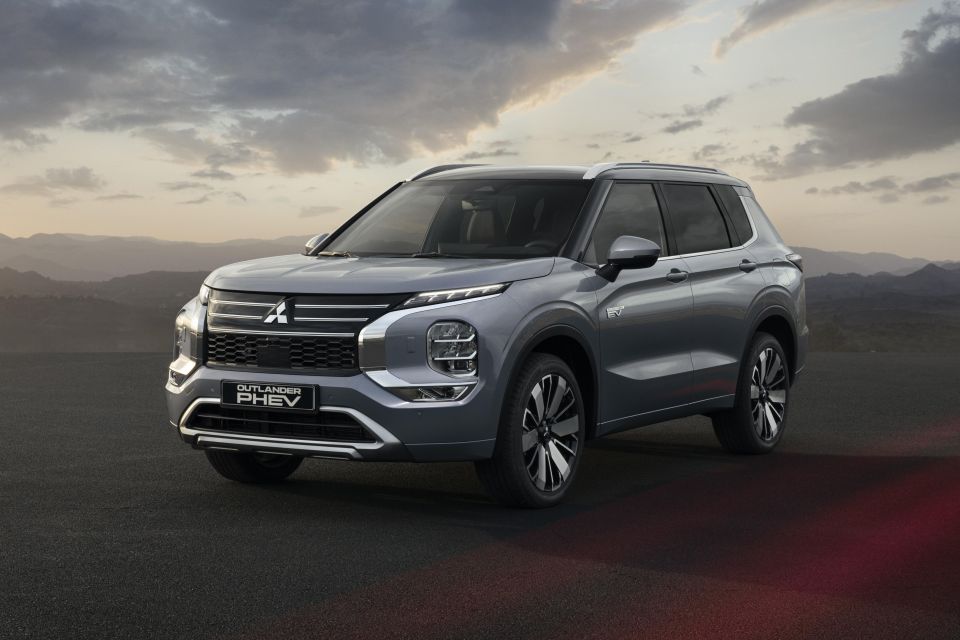
The second best-selling PHEV was another Mitsubishi, the Eclipse Cross PHEV, more than 1000 units behind on 1409 sales.
However, these Mitsubishis are facing a formidable threat from another company that has been a leader in PHEV technology.
BYD now exclusively builds PHEVs and EVs, and introduced its first PHEV model in Australia earlier this year with the Sealion 6.
MG is also set to introduce a PHEV version of its new-generation HS crossover in 2025, while Chery has also flagged it plans to introduce PHEVs of its own.
Where expert car reviews meet expert car buying – CarExpert gives you trusted advice, personalised service and real savings on your next new car.
William Stopford is an automotive journalist with a passion for mainstream cars, automotive history and overseas auto markets.


CarExpert.com.au
2 Days Ago


James Wong
2 Days Ago
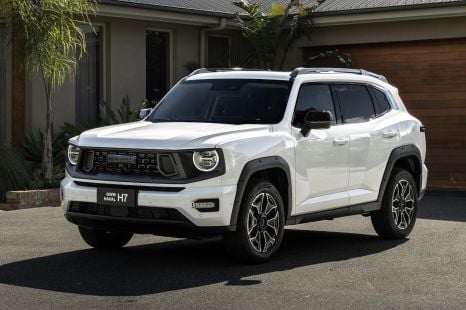

William Stopford
3 Days Ago
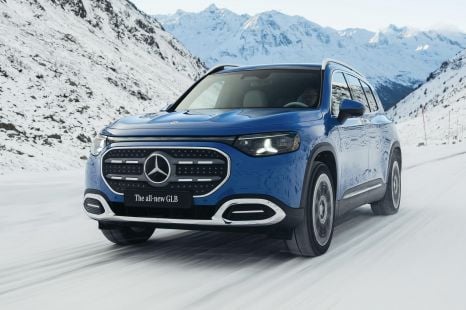

Gautam Sharma
14 Days Ago


Derek Fung
17 Days Ago
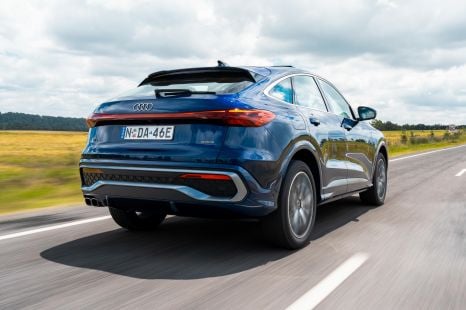

James Wong
18 Days Ago